
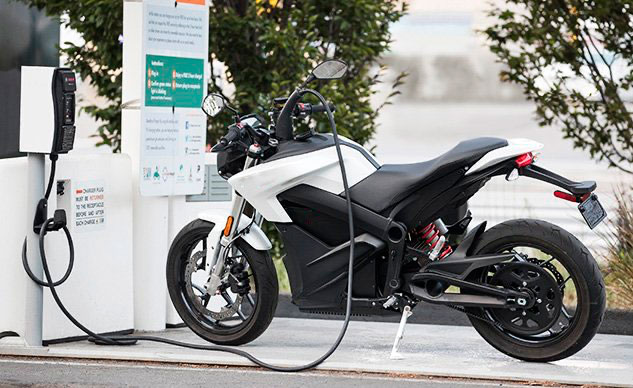
With over 14 years of hands-on experience in the lithium battery manufacturing industry, I've witnessed the evolution of electric vehicle technology firsthand. Today, I want to talk to you about a solution that is fundamentally changing the game for commercial electric fleets: the electric motorcycle battery swap. This isn't just about a new type of battery; it's about a new way of thinking about energy, efficiency, and operational excellence. If you operate a fleet of delivery scooters, manage an urban mobility rental service, or run a logistics company, you know that downtime is your biggest enemy and operational cost is a constant battle. This article is for you. We will explore how a comprehensive battery swapping solution can eliminate charging times, slash maintenance costs, and provide the reliability you need to scale your business. Forget everything you thought you knew about the limitations of electric vehicles. Let's dive in.
At its core, a motorcycle battery swap system is an ecosystem designed to replace the time-consuming process of charging an electric motorcycle battery. Instead of plugging a vehicle into a charger and waiting for hours, a rider simply pulls up to a battery swap station, removes their depleted battery, and swaps it for a fully charged one. The entire swapping process takes less than a minute. Think of it like refueling a gasoline vehicle—it's that fast and simple. This innovative approach addresses the single biggest pain point for electric vehicle adoption: range anxiety and charging time.
The system isn't just the station itself. It's an integrated network of three key parts. First, you have the swappable batteries, which are specifically designed for quick and easy removal and insertion. Second, there are the swapping stations (also called a battery swap cabinet), which are smart, connected cabinets that house, charge, and manage the inventory of batteries. Finally, there's the cloud-based software platform, which allows operators like you to monitor the entire network, track battery health, manage users, and gather valuable data. This combination creates a seamless and efficient motorcycle battery swap experience for the end-user and a powerful management tool for the business owner. The goal is to keep your fleet moving, not waiting.
For a business owner like you, Mr. Davis—or anyone running a commercial fleet—every minute a vehicle is off the road is lost revenue. The traditional model of charging an electric motorcycle can take anywhere from 4 to 8 hours. This extensive downtime is simply not viable for industries like food delivery, logistics, or express courier services. This is where the battery swap model fundamentally changes the economic equation. By reducing the "refueling" time to under 60 seconds, you can maximize vehicle uptime, complete more deliveries, and serve more customers in a day. It directly translates to higher productivity and profitability.
Let's break down the advantages in a way that directly impacts your bottom line. I've seen companies transform their operations with this technology.
| Feature | Traditional EV Charging | Battery Swapping Solution |
|---|---|---|
| Refueling Time | 4-8 hours | < 1 minute |
| Vehicle Uptime | Low; vehicles are idle for long periods. | High; vehicles are almost always available. |
| Infrastructure | Requires multiple charging points for each vehicle, taking up significant space. | A single battery swap station can serve dozens of vehicles. |
| Battery Lifespan | Often shortened by inconsistent charging habits and frequent fast charging. | Centrally managed charging in the station optimizes battery health and longevity. |
| Operational Cost | High electricity costs during peak hours; potential battery replacement costs. | Lower, predictable costs. The battery becomes an operational expense, not a capital one. |
Beyond just speed, a battery swap service offers centralized battery management. Instead of your riders being responsible for charging the battery correctly, the batteries are charged under optimal conditions inside the swapping stations. This controlled environment prevents overcharging, manages temperature, and balances the cells, dramatically extending the life of each battery. A high-quality battery pack, when managed properly, can last for years, saving you a fortune in battery replacement costs. This is the power of a holistic battery swap system.
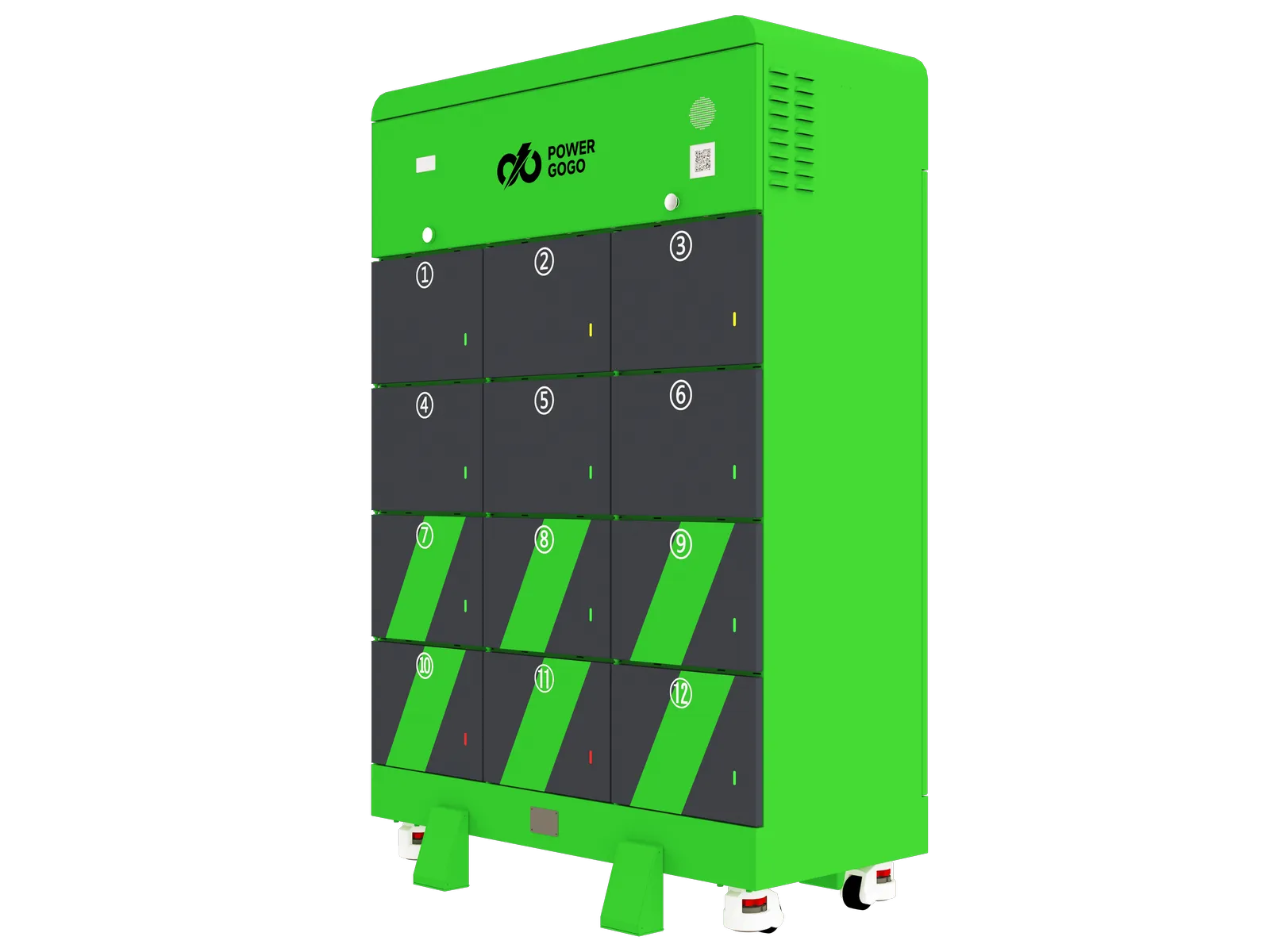
I understand that as a decisive business leader, you need to know the practical, step-by-step process. You're not just buying a product; you're investing in a workflow. The beauty of the motorcycle battery swap station is its elegant simplicity from the user's perspective. I’ve helped set up these systems for numerous clients, and the feedback is always about how intuitive it is.
Here’s the typical user journey:
Behind this simple user interface, the swapping stations are doing a lot of heavy lifting. Each slot is a smart charger that assesses the health of the returned battery, noting its temperature, voltage, and state of charge. It then applies an optimal charging algorithm to safely recharge the battery. The system also communicates with the central cloud, updating the inventory in real-time and flagging any battery that shows signs of a fault. This ensures that every battery a rider picks up is safe, reliable, and ready for peak performance. It's a self-sustaining, intelligent ecosystem.
When you're evaluating a supplier, it's crucial to understand that you're not just buying one product. You're investing in a complete, integrated solution. As a procurement officer, you know the pain of dealing with multiple vendors for a single project. That's why a one-stop supplier is essential. At Power-gogo, we've spent years perfecting each component to work in perfect harmony.
A truly robust battery swapping solution consists of four pillars:
Without any one of these components, the system is incomplete. A cheap battery will fail and become a fire hazard. A dumb cabinet won't protect your investment. An incompatible vehicle will frustrate users. And without a cloud platform, you're flying blind. You need a partner who can deliver the complete, integrated package.
Not all batteries are created equal, and choosing the right one is critical for your operational success. The decision depends on the specific demands of your fleet. Are your vehicles making short, frequent trips for food delivery, or are they used for longer-range logistics routes? As a potential partner, I would work with you to analyze your needs, but here are the key factors you should consider when evaluating swappable batteries.
First, look at the core specifications: voltage (V) and amp-hours (Ah). Voltage determines the power and speed of the electric motorcycle, while amp-hours determine the battery capacity—how much energy it can store, which translates to range. For instance, a 48V20Ah Swappable Battery might be perfect for a lightweight, inner-city scooter, while a more powerful 72V40Ah Swappable Battery is better suited for a delivery vehicle that needs to carry more weight and travel further between swaps. The goal is to match the specifications of battery to the use case to avoid over-engineering (and overpaying) or under-powering your fleet.
Second, the physical design and durability are paramount. The battery must be designed for thousands of swaps. This means robust connectors, a sturdy handle, and a casing that can withstand daily abuse. An IP67 rating is a non-negotiable standard in my book. It ensures the battery is fully protected against dust and can be submerged in water, making it resilient to rain, puddles, and washing. Furthermore, the internal lithium cells should be automotive-grade. At Power-gogo, we use cells that are rated for up to 6,000 charge cycles. That's an operational life of over 10 years, ensuring a fantastic return on your investment in each battery.
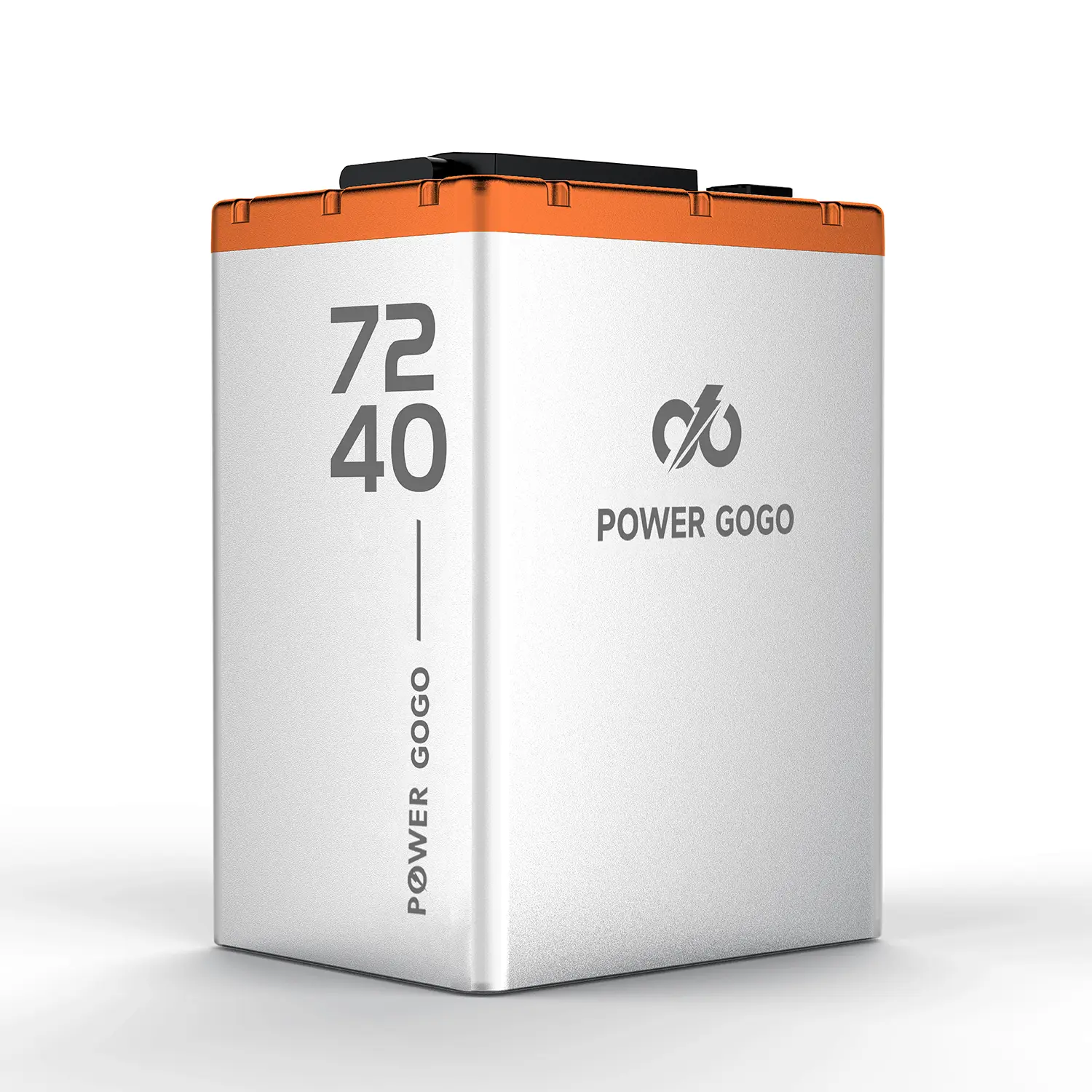
When we talk about lithium batteries, it's important to know that there are different chemistries, each with its own strengths. The two most common types used in the electric vehicle industry are NMC (Nickel Manganese Cobalt) and LFP (Lithium Iron Phosphate, or LiFePO4). For the demands of the battery swap industry, understanding the difference is key to making an informed decision. I've worked extensively with both, and the choice often comes down to a trade-off between energy density and safety/longevity.
NMC batteries are known for their high energy density. This means they can store more energy in a smaller, lighter package. This can be an advantage for high-performance electric motorcycle models where weight is a critical factor. However, NMC chemistry can be more thermally sensitive, requiring a more complex and diligent Battery Management System (BMS) to ensure safety.
On the other hand, Lithium Iron Phosphate (LiFePO4) batteries have become the gold standard for many commercial applications, and for good reason. The LiFePO4 battery chemistry is inherently more stable and less prone to thermal runaway, making it significantly safer—a huge concern when you're managing hundreds of batteries. While its energy density is slightly lower than NMC, modern LiFePO4 cells have improved dramatically. The biggest advantage of lithium iron phosphate batteries is their exceptionally long cycle life. It's not uncommon for a high-quality LiFePO4 battery to exceed 3,000-6,000 full charge-discharge cycles while retaining a high percentage of its original capacity. For a battery swap business model where each battery is used intensively every day, this incredible durability makes LiFePO4 the most cost-effective and reliable choice in the long run.
This is a question I hear often, especially from cautious investors like you. The answer is an emphatic yes. The battery swap industry is not a future concept; it's a rapidly growing reality. According to a report by MarketsandMarkets, the global battery swapping market size was valued at USD 1.7 billion in 2021 and is projected to reach USD 11.8 billion by 2027. That's a compound annual growth rate (CAGR) of over 38%! This explosive growth is driven by government support for new energy vehicles, rising demand for operational efficiency in commercial fleets, and advancements in battery technology.
The primary drivers are in the commercial two- and three-wheeler segments, exactly the market you would be operating in. In countries across Asia, like Vietnam and Indonesia, and increasingly in Europe and the USA, logistics and delivery companies are the early adopters. They have recognized that the battery swap mode is the only way to make their electric vehicle fleets as productive as their old gasoline ones, but with a fraction of the running costs.
"Switching our delivery fleet to a battery swap system from a reliable battery manufacturer cut our vehicle downtime by 95%. We went from 5 hours of charging to a 45-second swap. It completely changed our business." - Quote from a hypothetical satisfied logistics partner.
What this means for you is that you're not entering an unproven market. You're catching the wave of a proven, scalable technology. The infrastructure is being built, the consumer acceptance is growing, and the swap industry is solidifying. Companies like ours, Power-gogo, which some compare to other major players like Tycorun, are providing the reliable, end-to-end services and solutions needed to build out this infrastructure globally. The time to invest is now, while the market is still in its high-growth phase.
As a company owner, your concerns go beyond the hardware. You're worried about safety, asset tracking, and operational efficiency. This is where the "smart" part of the solution becomes your most powerful tool. Every one of our swappable batteries is equipped with a sophisticated Battery Management System (BMS). Think of the BMS as the onboard computer for the battery. It's not just a set of fuses; it's an intelligent guardian.
The BMS constantly monitors critical parameters:
This onboard intelligence is then transmitted to our 24/7 cloud platform. This is a game-changer for fleet management. From a single dashboard, you can see the location of every battery, its state of charge, its health score, and its usage history. You can receive automated alerts if a battery is misused, dropped (via an accelerometer), or shows an early fault sign. This allows for proactive maintenance, prevents theft, and gives you an unparalleled level of control and insight into your most valuable assets. It transforms your fleet of motorcycle batteries from a liability to a fully managed, data-rich asset. This is far beyond what players focused only on simple dry cell batteries or car battery technology can offer. Our system is built for the data-driven demands of the modern logistics world, similar to the focus of technology leaders like Tycorun Energy.
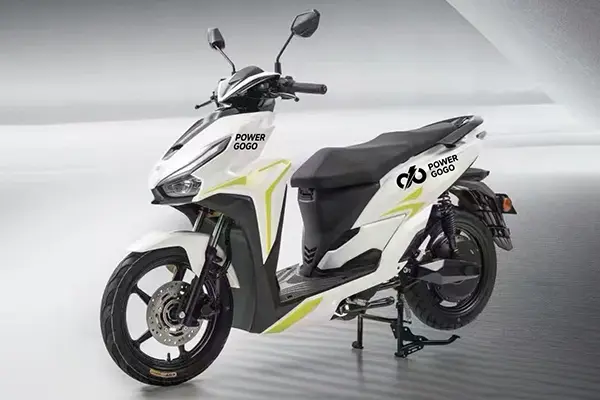
Mr. Davis, your experience with suppliers in other industries has taught you valuable, and sometimes painful, lessons. Your concerns about quality inspection, certifications, logistics, and communication are completely valid. These are precisely the pain points that a professional and reliable battery manufacturer should address proactively. When you're choosing a partner for a critical investment like a battery swapping solution, the supplier's credibility is just as important as the product's specifications.
Here are the key things I advise my partners to look for:
Having discussed the what, why, and how, let me tie this all together by explaining our approach. At Power-gogo, we've built our business model to directly address the needs and concerns of business owners like you. We are not just a component seller; we are a one-stop, integrated battery swapping solution provider. This means we design, manufacture, and support every critical element of the ecosystem ourselves. This vertical integration is our greatest strength and your greatest assurance of quality and compatibility.
When you partner with us, you get a seamless experience. We start with a deep consultation to understand your specific operational needs—your vehicle types, daily range requirements, and fleet size. Based on this, we provide customized battery options, recommend the right number and size of swapping stations, and ensure the entire system is optimized for your business. We handle everything from the lithium-ion battery packs, including high-performance 73V300Ah E-truck Battery for larger vehicle applications, to the battery swap cabinet and the cloud platform. There are no hand-offs, no finger-pointing between different vendors, and no compatibility issues.
Our commitment to you doesn't end with the sale. We provide comprehensive training for your team, ongoing technical support, and a robust warranty. Our cloud platform ensures we can often diagnose and resolve issues remotely before they impact your operations. My role, and the role of my entire team, is to be your long-term partner in success. We understand that our growth is directly tied to the efficiency and profitability of your fleet. We've built our reputation on this principle, and it's how we've become a trusted name in the battery industry for clients from Indonesia to the USA. We are a reliable partner, much like how businesses might view Tycorun or Tycorun Battery Swap, focusing on comprehensive and trustworthy battery swap products.
As we conclude, I want to leave you with the most critical points from our discussion. The shift to electric is inevitable, but the shift to smart electric is what will define the winners in your industry.
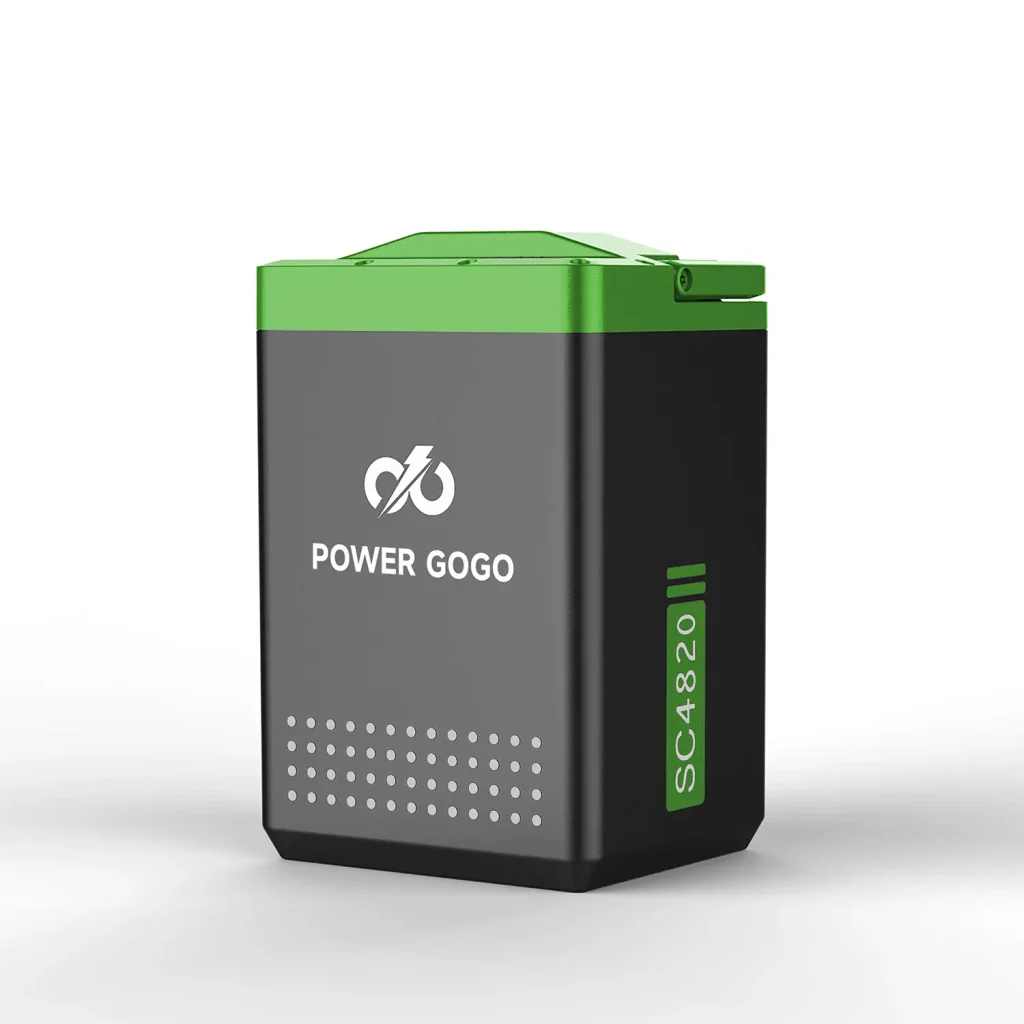
Specification No. Item Parameters R...
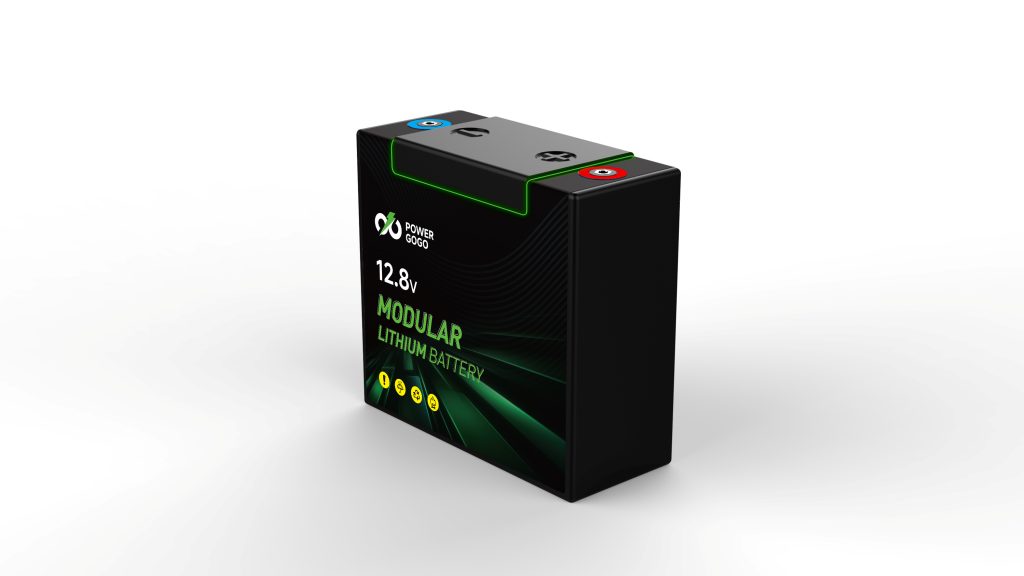
Specification No. Item Parameter ...
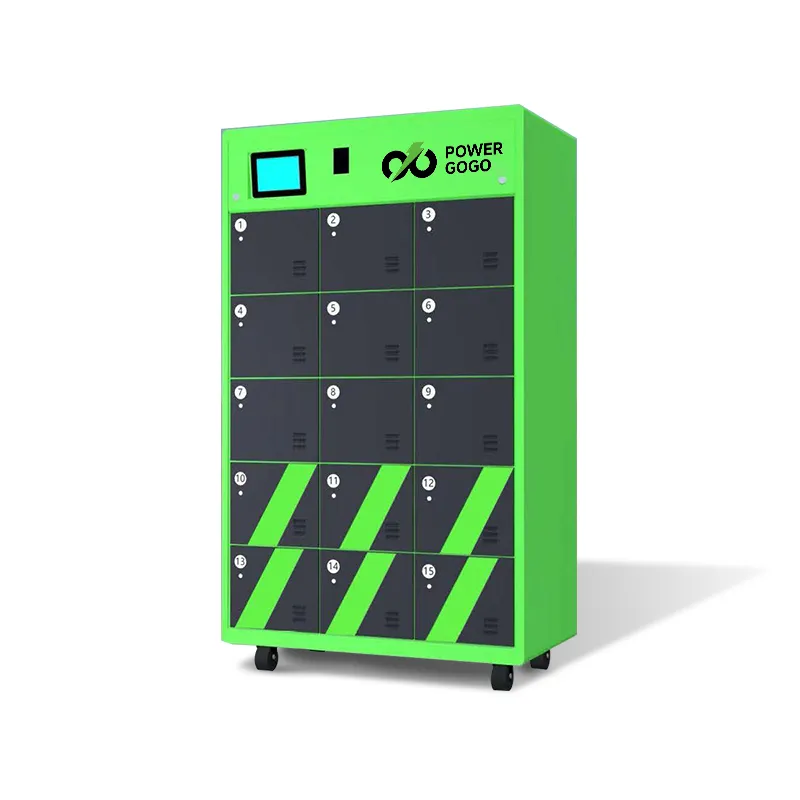
Product Appearance Specification Na...